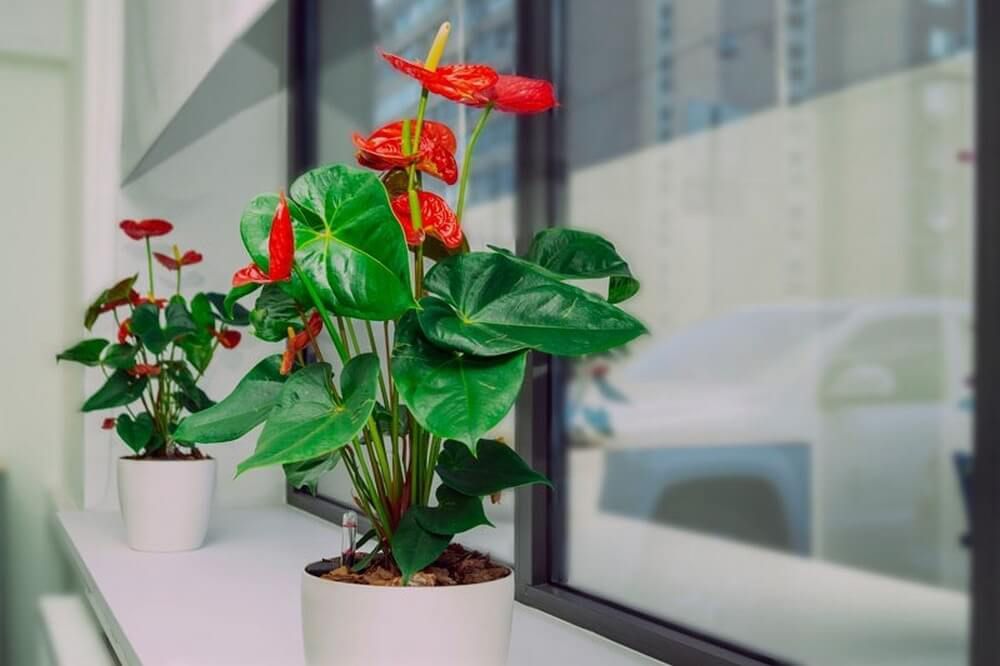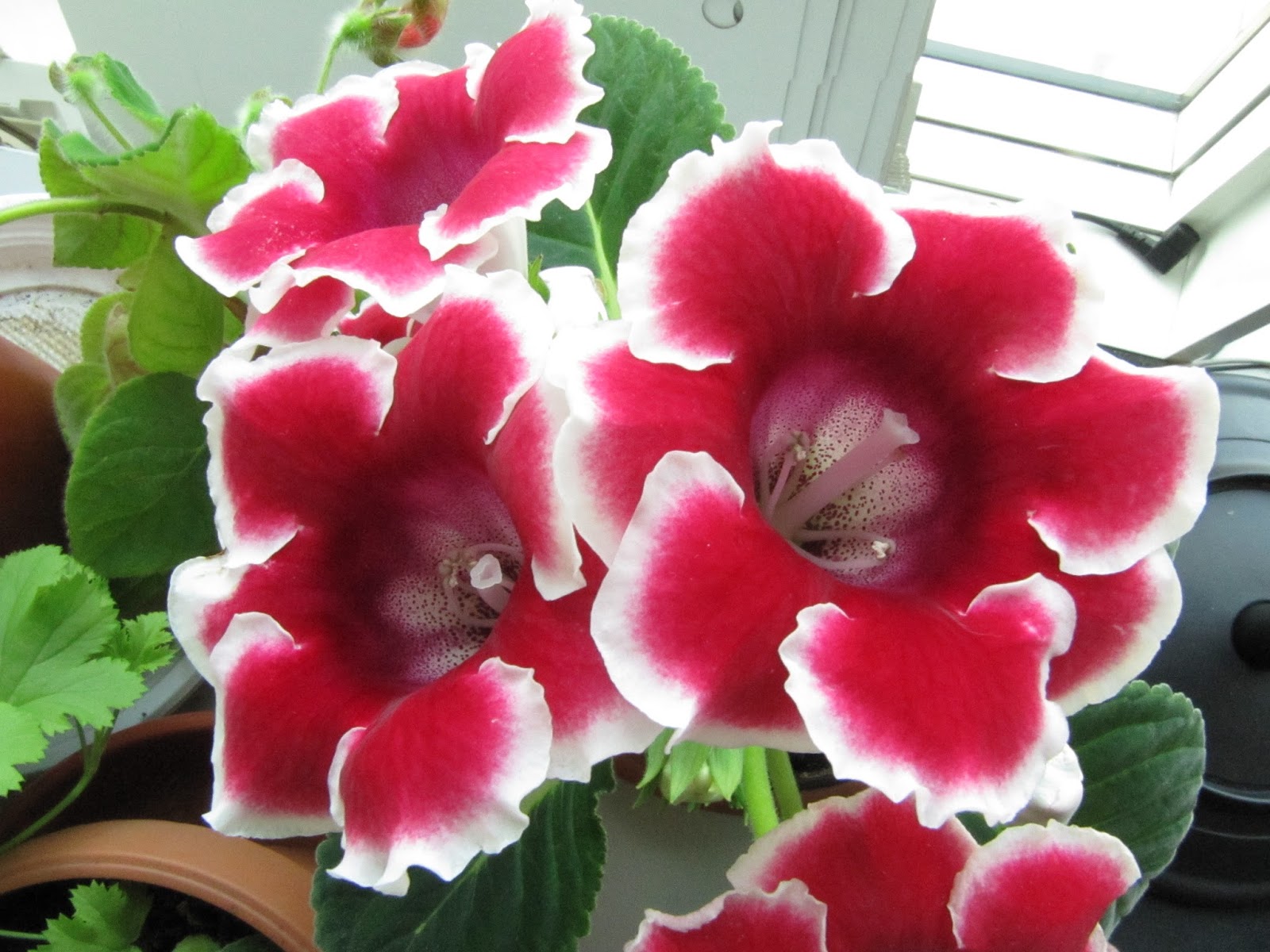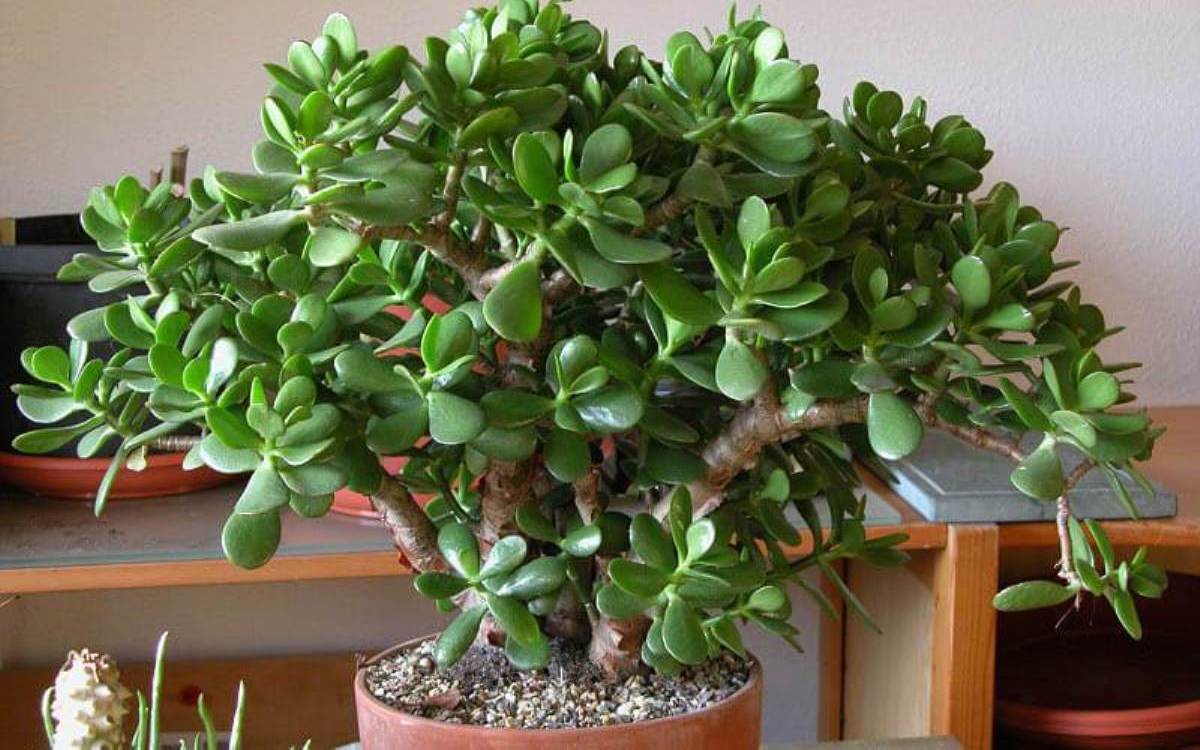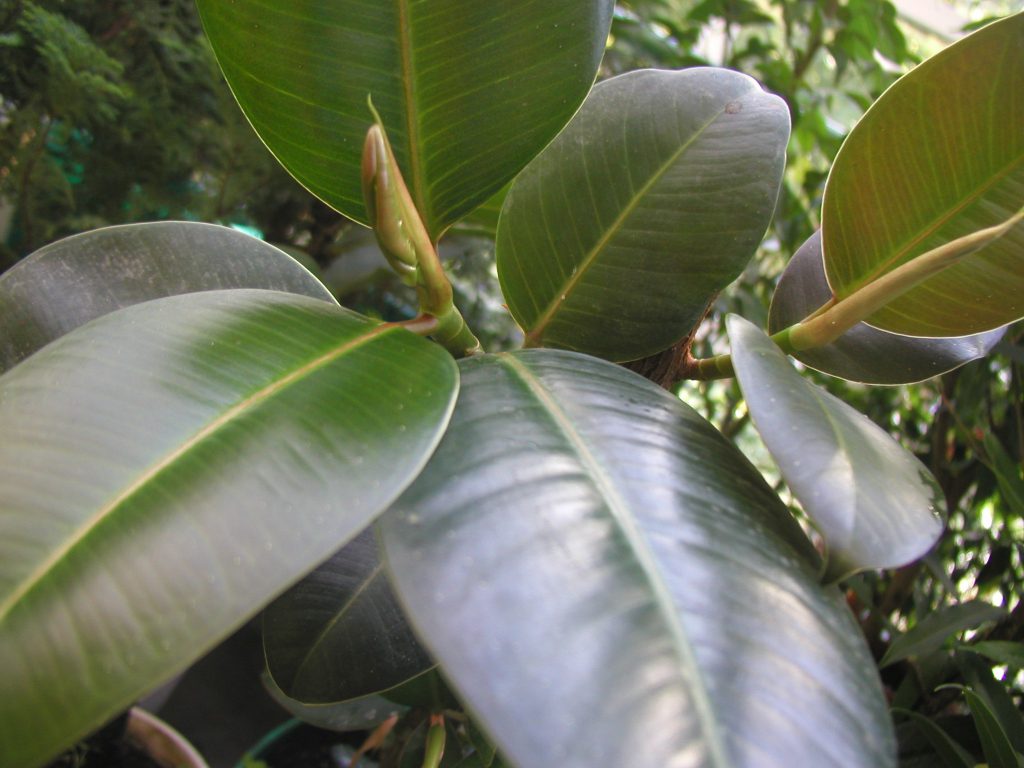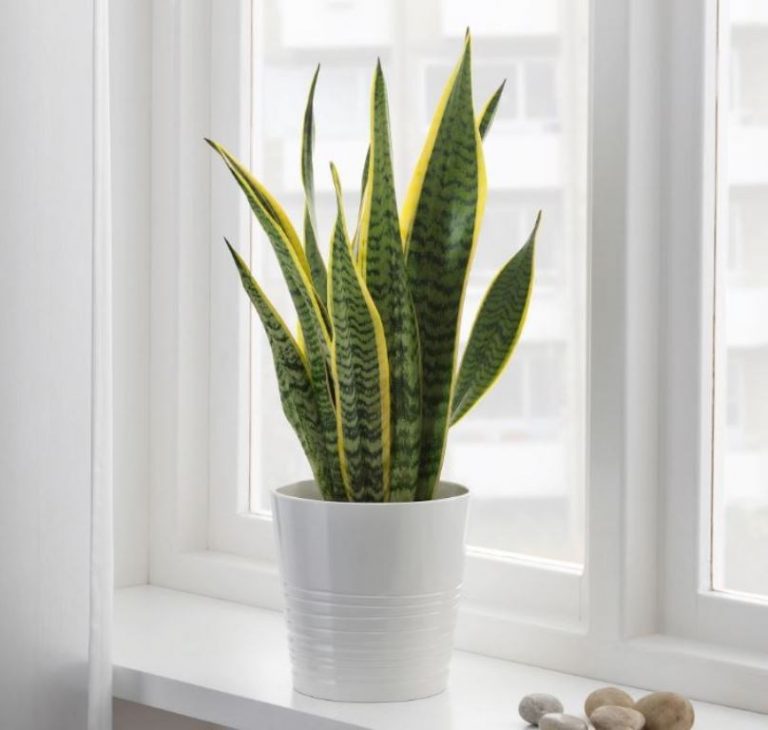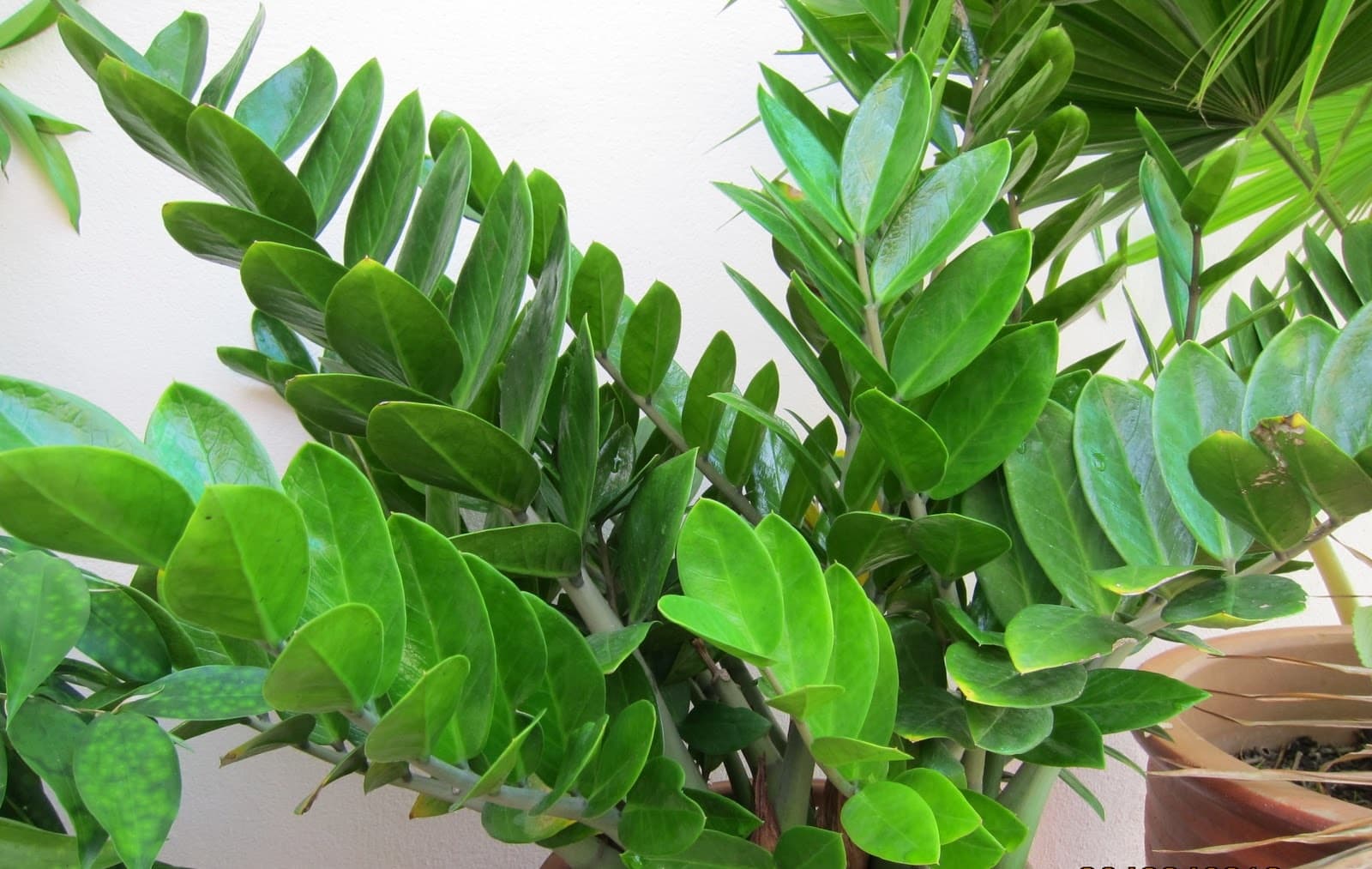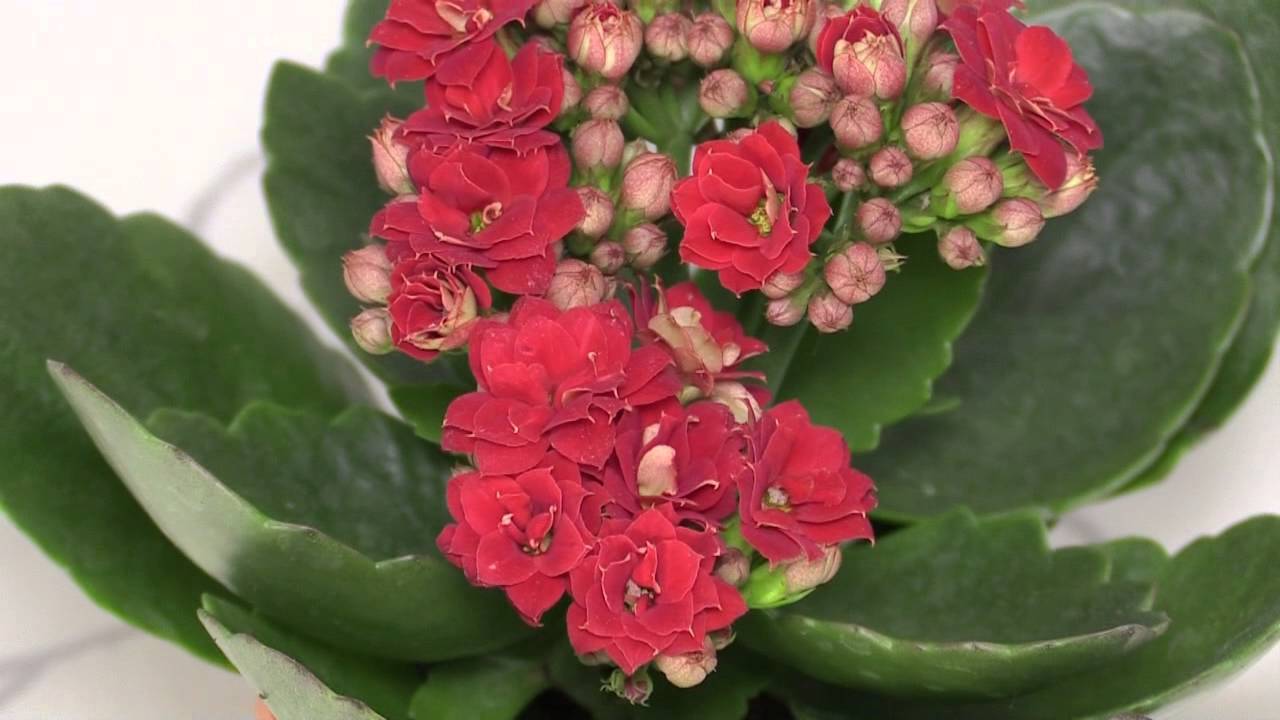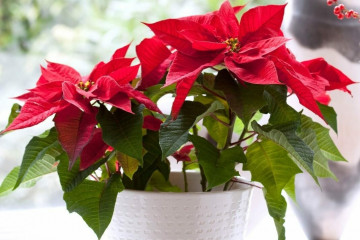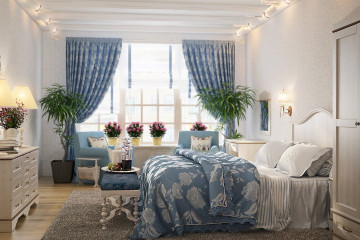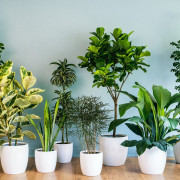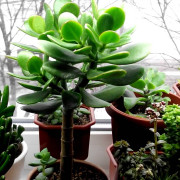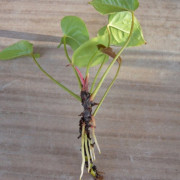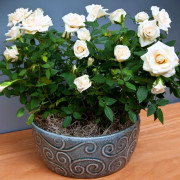Indoor flowers that love the sun and heat
Content:
All indoor plants are conventionally divided into shade-tolerant and light-loving. It is to those who prefer bright lighting that the leadership belongs, because window sills are traditionally allocated for them.
Blooming indoor flowers that love the sun
This group of plants pleases with regular blooming of buds with proper care and lighting.
Anthurium
Belongs to the numerous Aroniev family. Such flowers are usually herbaceous, but climbing and even tree-like ones are found. Most of the cultivars are epiphytes, which are native to South America. They need a temperature of about 20-25 ° C, high humidity (80-100%), bright but diffused lighting.
Most often they grow to a height of 30-50 cm, but there are also larger forms. The leaves are spatulate with round or pointed edges, dissected, but always with a thickening at the end of the petiole (geniculum). The inflorescence has a core in the form of an ear and a veil, painted in white, red, green and other colors.
Hippeastrum
They are part of the Amaryllis family. Translated from Latin, the name means "rider" and "star", often confused with amaryllis, although this is a mistake, the plants are united only by a common family. A perennial bulbous plant blooms from August to September with large bright flowers, similar to lilies of various shades. Corollas last for 10 days.
The temperature of the content should be 17-25 ° C, watering through the pan, the lighting is bright, but diffused. Southwest and southeast windows are suitable.
Sinningia
It belongs to the genus Gesnerievye, like gloxinia. It has a nodule root system and large pubescent leaves collected in a rosette. The bell-shaped six-lobed corolla, up to 10 cm in diameter, can be of almost any color, including simple, semi-double and double. The temperature during the active period requires 22-28 ° С, and during rest - about 12-13 ° С. Lighting is required bright and diffused, but direct in the mornings and evenings. An east or west window is ideal.
Dendrobiums (Dendrobium)
Perennial orchids grow well in greenhouses and window sills. Luxurious flowers and a pleasant aroma with unpretentious content are the main advantages of the plant. One pseudobulb can grow stalks bearing up to 70 flowers. Each corolla lasts up to two months. Requires bright diffused lighting for up to 12 hours. West and east windows are best suited. Shading is required from the midday sun.
Sun-loving indoor plants with names
These home flowers need a lot of sun. Everyone feels great on the southern windows and next to them.
Cacti (Cactaceae)
The huge family of perennial flowering plants includes 127 genera and 1750 species. They all come from the deserts. Almost all are stem succulents, characterized by extremely slow growth and the ability to accumulate a large amount of moisture inside. For the normal development and laying of flower buds, they need very bright sun and even heat.But even in partial shade on the northern side, the cactus will be able to survive for a long time.
Crassula
The second name is a fat woman, and they also like to call it a money tree. It is considered a good tradition in the family to keep her in sight. The succulent plant has thick, fleshy leaves of a rounded shape and easily forms an excellent tree crown.
Ficus
Belongs to the Mulberry family. In room culture, only evergreen varieties of ficuses are grown. They need bright light all year round. To preserve the decorative appearance in winter, provide backlighting. The most light-loving variegated varieties, which require up to 15 hours of sun per day.
Aloe
A perennial herbaceous, tree-like or shrub succulent with long thorny leaves filled with valuable and medicinal sap, belongs to the Asphodel family. In total, there are 500 species found in Africa and Arabia. In some species, the leaf grows up to 60 cm in length. Undemanding to care. For most of the year, he feels good at normal room temperature, likes frequent watering. In winter, backlighting is required, watering is reduced, and the temperature can be lowered to 14 ° C.
Sansevieria
A stemless evergreen perennial herb belonging to the Asparagus family. It is very unpretentious, can grow in bright sun and in partial shade, and is valued for its ability to absorb carbon dioxide from the air at night and harmful substances during the day.
Looks especially impressive in flower arrangements. There are varieties with a uniform green color of leaves, variegated, with a yellow edge.
Indoor plants that love direct sunlight without spraying
Many home flowers need to periodically moisturize their leaves or maintain high humidity. For those who cannot devote a lot of time to plants, species that prefer arid content are suitable.
Dollar tree, or zamioculcas (Zamioculcas)
One single species that originates from Africa and belongs to the Aroid family. A heat-loving plant prefers a temperature of 18-26 ° C. It easily tolerates drought and does not need air humidification. Water only after the soil is completely dry.
Kalanchoe
A succulent from the Tolstyankov family with bare or pubescent leaves, on which buds often grow, giving new plants (babies). There are about 200 species in total. Some have the appearance of dwarf shrubs, others are herbaceous. The inflorescence grows on thick stems and looks like an umbrella of white, yellow, purple or red shades.
A large amount of bright light is the main condition for proper development and beautiful flowering. For most of the year, he feels good in an apartment at a temperature of 18-26 ° C, but in winter it needs a rest period at 14-16 ° C. Can grow without spraying. Watering is recommended through the pallet and very moderately.
Pelargonium
A perennial herb or shrub native to South Africa. The stems can be straight or creeping. The flower has a simple palmate or finger-dissected leaf with pubescence. It is very similar to geranium, but it has a genetic difference.
It grows well in flower beds, window sills, in hanging pots. It blooms even at 12 ° C. The flower, unlike the geranium, has five petals, two of which are larger than the others.Umbrella inflorescence unites many corollas.
Drives up to 20 inflorescences per season. Loves the influx of fresh air. Due to the lack of lighting, it quickly loses its decorative effect. Most of the year it is kept at a temperature of 20-25 ° C, but in winter it needs a rest period at a temperature of about 12-15 ° C during the day and up to 6 ° C at night. The lush crown is periodically shaped and rejuvenated.
Indoor ivy (Hedera)
The evergreen climbing shrub belongs to the Araliev family. The shoots have sucker-like roots that are easily attached to any suitable support. Scourges can reach a length of 30 m. Leathery, glabrous and shiny leaves are dark green and variegated in color with yellow spots.
In summer, the optimum temperature for it is 22-24 ° C, and in winter 12-14 ° C. Very hygrophilous, the soil in the pot should always be moist. He can do without spraying, but then he needs to arrange bathing under a warm shower from time to time. Top dressing is carried out 2 times a week. It reproduces extremely easily, it is enough to cut off the shoot and stick it into a container with nutritious soil.
Among the colossal variety of decorative home flowers that love the sun, everyone can find a suitable option for themselves. Do not be afraid of experiments, but before buying for your home, it is still worth clarifying which particular plant you like requires humidity, illumination and temperature.
